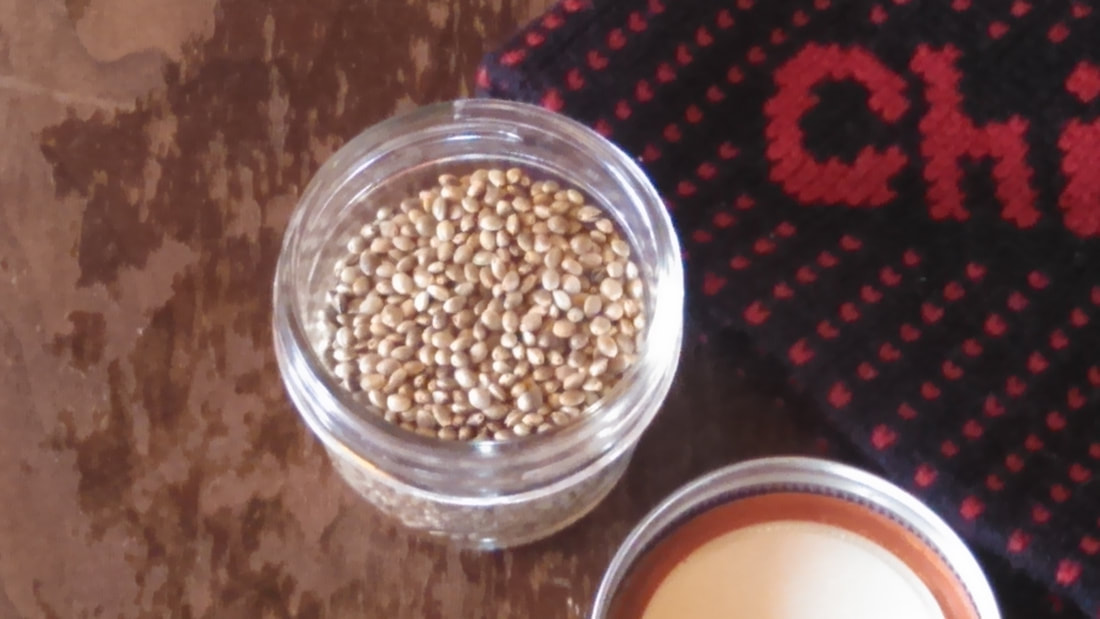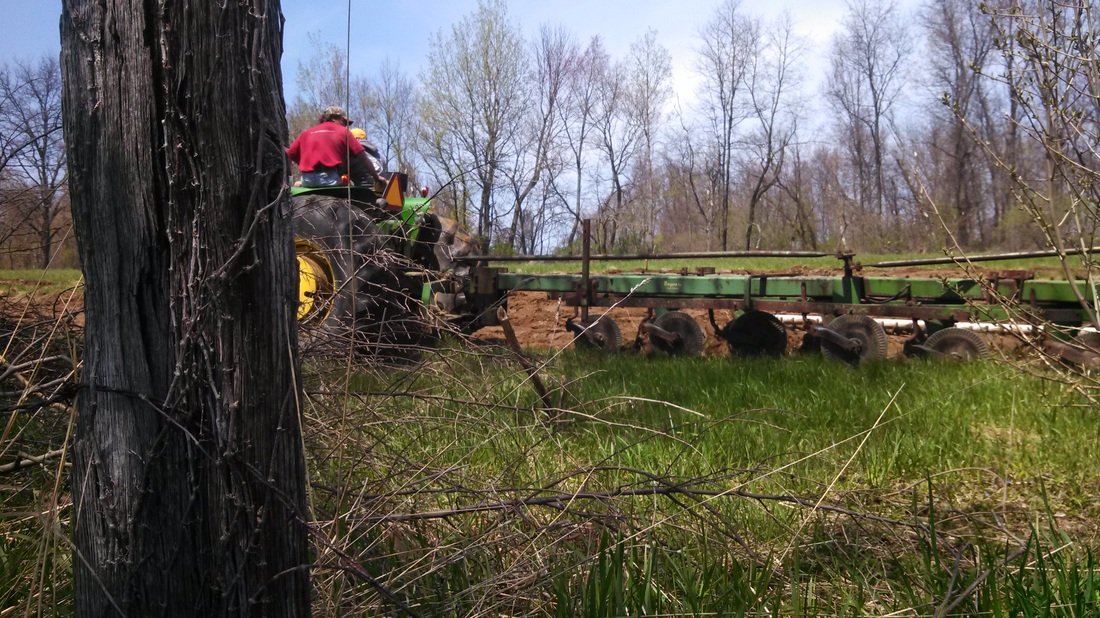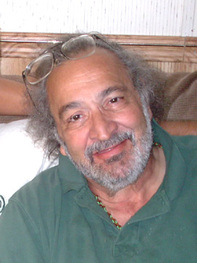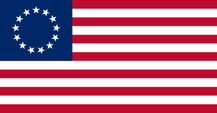 Toasted Hemp Seeds for Hempoween
Toasted Hemp Seeds for Hempoween Two hundred and fifty-two years ago today, on 31 October 1765, George Hempington celebrated the first documented Hempoween. The farmer and his slaves had harvested 152 bushel of hemp seed; after milling the seed to collect the oil, George writes of his celebratory actions in his farm journal:
“31 October: Finished sowing Wheat in Hemp Ground at Rivr. Plantn. & plowed in a good deal of shattered Hemp Seed – 27 Bushls. in all 152.”
That, my friends, is a traditional Hempoween celebration: the scattering of shattered hemp seeds on your field (or garden) as a fertilizer for the next season.
There are also many more modern ways to enjoy your hemp products this Hempoween: one that was new to me is toasted hemp seeds. I purchased the little delicacies (see picture above) at a regular grocery store in the Midwest – nothing fancy, and no special license or doctor’s note was needed.
I did leave the original bag of toasted seeds with some hippies (burners really), and I don’t expect to see the treats again; you see, they are quite yummy toasted and I know what to expect when one leaves a bag of hemp products around burners.
So toast them hemp seeds this year while you are celebrating Hempoween, and perhaps even give a shout out of remembrance to George, his wife Artha, and the slaves who made it all possible.
Here’s to a happy – and toasted – Hempoween for all!
*Next Up: Sunday 5 November and a pamphlet release, Three Liminal Dialogues on Serotonin, Mosby and Luther.
Posted by Bryan W. Brickner




 RSS Feed
RSS Feed
